Home>Garden Essentials>How Long Does It Take To Get Avocado From Seed
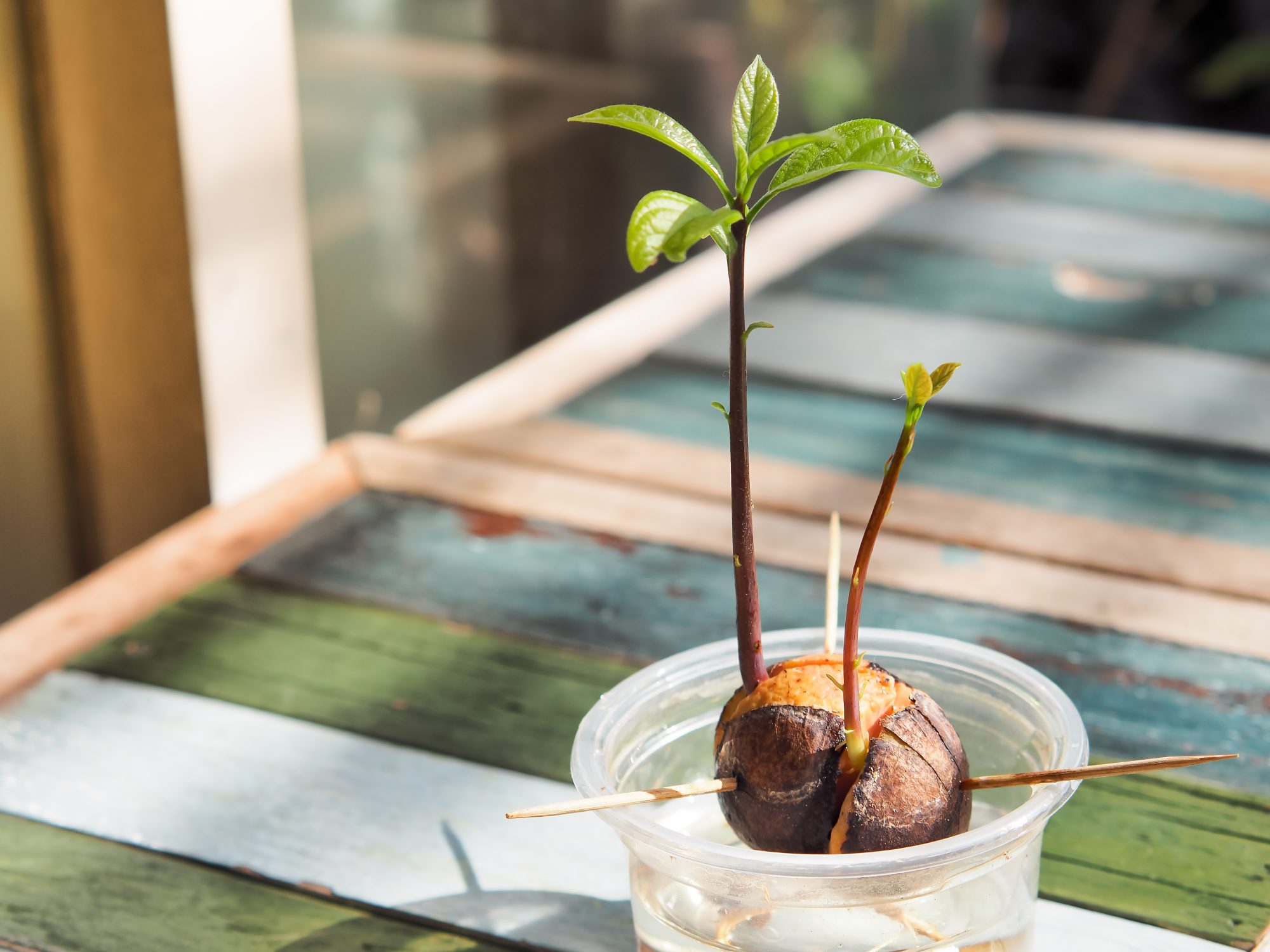

Garden Essentials
How Long Does It Take To Get Avocado From Seed
Modified: March 15, 2024
Discover how long it takes to grow an avocado from seed in your garden. Learn the steps and timeline for cultivating your own avocado tree at home.
(Many of the links in this article redirect to a specific reviewed product. Your purchase of these products through affiliate links helps to generate commission for Storables.com, at no extra cost. Learn more)
Introduction
Growing an avocado tree from seed can be both a rewarding and enjoyable experience for gardeners of all skill levels. Avocado trees are not only beautiful and lush additions to any garden, but they also provide a bounty of delicious fruits packed with nutrients and healthy fats. While it may take some time and patience, the process of growing an avocado tree from seed is a fascinating journey that allows you to witness the miracle of nature firsthand.
Whether you’re a seasoned gardener looking to expand your plant collection or a beginner eager to try your hand at cultivating your own avocado tree, this article is your comprehensive guide to growing an avocado tree from seed. From selecting the perfect avocado seed to harvesting your very own homegrown avocados, we’ll walk you through each step of the process, providing valuable tips and insights along the way.
Before we dive into the details, it’s important to note that growing an avocado tree from seed is a long-term commitment. Unlike other fruits and vegetables that can be harvested within a few months, avocados take several years to reach maturity and produce fruit. However, the satisfaction of nurturing a tiny seedling into a thriving tree that bears creamy, delicious avocados is well worth the wait.
In the next sections, we will explore the different stages of growing an avocado tree from seed, including selecting the right avocado seed, preparing it for germination, planting the seed, caring for the seedling, transplanting, and ultimately, enjoying the fruits of your labor. By the end of this article, you’ll have all the knowledge and confidence you need to embark on your avocado-growing adventure.
So, let’s begin this exciting journey and discover how to grow an avocado tree from seed!
Key Takeaways:
- Growing an avocado tree from seed is a patient gardener’s labor of love, offering the joy of witnessing new life emerge from a tiny seed and the satisfaction of savoring homegrown avocados.
- The journey from seed to fruit is a rewarding adventure, connecting us to the miracles of nature and providing a bountiful harvest of delicious, homegrown avocados.
Selecting an Avocado Seed
The first step in growing an avocado tree from seed is selecting a high-quality avocado seed. While it may be tempting to use any avocado seed you come across, not all seeds are suitable for successful germination. To increase your chances of success, follow these tips when choosing an avocado seed:
- Choose a ripe avocado: Look for an avocado that is fully ripe but not overripe. The skin should be dark green or black, and it should yield slightly to gentle pressure when squeezed. Avoid avocados that are overly soft or have moldy spots.
- Inspect the seed: Cut open the avocado and gently remove the seed. Take a close look at the seed to ensure it is undamaged and healthy. Avoid seeds that are cracked, shriveled, or discolored.
- Size matters: Larger avocado seeds generally have a higher chance of germination compared to smaller ones. Choose a seed that is plump and has a good size.
- Check for viability: To check if the avocado seed is viable and ready for germination, gently remove the brown seed coat or skin. If the seed is healthy, you’ll find a pale, creamy color underneath. If the seed appears dark or moldy, it may not be viable and should be discarded.
It’s worth mentioning that there are different varieties of avocados, each with its own unique characteristics and flavor profiles. While any avocado seed can be used to grow a tree, it’s a good idea to choose a seed from an avocado variety that you enjoy eating. This way, you’ll be more likely to appreciate the taste of the fruits once your tree starts bearing avocados.
Once you have selected a suitable avocado seed, you’re ready to move on to the next step: preparing the seed for germination. Prepare yourself for an exciting and rewarding journey as you witness your avocado seed transform into a thriving tree.
Preparing the Avocado Seed
Before you can start the germination process, it’s important to properly prepare the avocado seed. This helps to ensure optimal conditions for successful sprouting and healthy growth. Follow these steps to prepare your avocado seed:
- Clean the seed: Rinse the avocado seed under cool running water to remove any traces of avocado flesh. Gently scrub the seed with your fingers to ensure it is clean and free from any residue.
- Remove the seed coat: Avocado seeds have a hard outer layer, known as the seed coat, which needs to be removed to allow for proper water absorption and germination. There are a few methods you can use to remove the seed coat:
- Score the seed coat: Use a sharp knife to carefully score the seed coat around its circumference, being careful not to cut into the seed itself. Once you have scored the entire circumference, twist the two halves of the seed in opposite directions to separate them.
- Soak the seed: Another method is to soak the avocado seed in water for 24-48 hours. This helps to loosen the seed coat, making it easier to remove. After soaking, carefully peel off the seed coat using your fingers or a knife.
- Identify the top and bottom: Once the seed coat is removed, you’ll notice that one end of the seed is slightly rounded, while the other end is flatter. The rounded end is the top, known as the pointed end, and the flat end is the bottom.
- Locate the embryo: Take a closer look at the flat bottom of the seed to locate a small circular indentation. This is where the avocado sprout, or embryo, will emerge.
By taking the time to properly prepare the avocado seed, you create an ideal environment for successful germination. Once your seed is ready, it’s time to move on to the next step: planting the avocado seed. Get ready to witness the magic of new life emerge from the avocado seed as it begins its journey of growth and development.
Planting the Avocado Seed
Now that you have prepared the avocado seed, it’s time to plant it and kickstart the germination process. Follow these steps to plant your avocado seed:
- Select a planting container: Choose a container that is large enough to accommodate the avocado seed while allowing room for root growth. A 6-8 inch pot with drainage holes is ideal. Make sure the pot has good drainage to prevent waterlogged soil, which can lead to root rot.
- Prepare the planting medium: Avocado seeds thrive in well-draining soil. Prepare a soil mixture that consists of equal parts potting soil and perlite or sand. This helps to enhance drainage and prevent waterlogged conditions.
- Plant the seed: Fill the pot with the prepared soil mixture, leaving about an inch of space from the rim. Make a small indentation in the center of the soil and place the seed flat side down, with the pointed end facing up. The top of the seed should be level with the soil surface.
- Water the seed: Give the newly planted seed a gentle watering, ensuring that the soil is evenly moist. Avoid overwatering, as this can lead to rotting. Keep the soil consistently moist but not saturated throughout the germination process.
- Provide optimal conditions: Place the pot in a warm, well-lit location, such as near a sunny window. Avocado seeds require temperatures consistently above 60°F (15°C) for successful germination. Consider using a heat mat under the pot to provide consistent warmth.
- Monitor and maintain: It may take anywhere from 2-8 weeks for the avocado seed to germinate and sprout. During this time, monitor the soil moisture and adjust watering as needed to keep it consistently moist. Avoid letting the soil dry out completely.
As the days pass by, you’ll start to see signs of life as the avocado sprout emerges from the soil. This is an exciting moment, signaling that your avocado seed is successfully germinating. However, the journey doesn’t end here. It’s crucial to provide proper care and attention to ensure the healthy growth of the avocado seedling. In the next section, we will explore how to care for the avocado seedling as it progresses in its development.
Germination of the Avocado Seed
After planting the avocado seed, it’s time to embark on the exciting stage of germination. This is when the seed springs to life, sprouting and developing into a young avocado seedling. Here’s what you need to know about the germination process and how to ensure healthy growth:
1. Sprouting: After a few weeks of planting, you will start to see a crack forming in the seed coat. This is the first sign of sprouting. Soon, a small root will emerge from the crack and extend downwards into the soil. This is followed by the growth of a stem towards the surface.
2. Leaves and shoots: As the stem grows, it will develop a pair of leaves at its tip. These leaves will gradually unfold, allowing the young seedling to gather sunlight and begin photosynthesis. The stem will continue to elongate and produce more leaves as it establishes itself.
3. Light and temperature: Place the avocado seedling in a bright location, such as a sunny window, providing it with 6-8 hours of direct sunlight daily. Maintain a warm temperature between 65°F to 75°F (18°C to 24°C) to facilitate healthy growth. Avoid exposing the seedling to extreme temperature fluctuations or cold drafts.
4. Watering: Water the avocado seedling regularly, allowing the top inch of soil to dry out slightly between waterings. Use your finger to test the moisture level. Avoid overwatering, as overly wet soil can cause root rot. However, make sure not to let the soil become completely dry, as this can lead to wilting and stress for the seedling.
5. Fertilization: As the avocado seedling grows, it will benefit from occasional fertilization. Use a balanced organic fertilizer designed for houseplants or seedlings, following the instructions on the package. Apply the fertilizer every 6-8 weeks during the growing season to provide essential nutrients for healthy development.
6. Transplanting: As the seedling grows larger and develops a robust root system, it will outgrow its initial pot. It’s essential to transplant the avocado seedling into a larger container to provide ample space for further growth. Choose a pot that is at least 10-12 inches in diameter with good drainage.
By providing optimal conditions, regular care, and patience, your avocado seed will transform into a healthy seedling during the germination stage. As the seedling continues to grow, it will eventually reach a stage where it’s ready to be transplanted into its permanent home. In the next section, we’ll explore how to care for the avocado seedling and successfully transplant it for continued growth.
It can take 5-13 years for an avocado seed to grow into a fruit-bearing tree. To speed up the process, try grafting a branch from a mature avocado tree onto your seedling.
Caring for the Avocado Seedling
Now that your avocado seed has successfully sprouted and developed into a seedling, it’s essential to provide the proper care to ensure its continued growth and health. Here are some important aspects to consider when caring for your avocado seedling:
1. Watering: The key to successful watering is to maintain soil moisture without overwatering. Avocado seedlings prefer slightly moist soil, so monitor the moisture level and adjust watering accordingly. Water the seedling when the top inch of the soil feels dry to the touch. Avoid letting the soil become waterlogged, as this can lead to root rot.
2. Lighting: Avocado seedlings thrive in bright, indirect sunlight. Place your seedling near a window with filtered light or provide it with artificial grow lights if natural sunlight is limited. Rotate the pot occasionally to ensure even exposure to light and prevent the seedling from leaning towards one direction.
3. Temperature and humidity: Avocado seedlings prefer temperatures between 60°F to 75°F (15°C to 24°C). Avoid exposing them to extreme temperature fluctuations or drafts. Additionally, avocados appreciate moderate humidity levels, so consider using a humidifier or placing a tray of water near the seedling to increase humidity.
4. Pruning: Regular pruning helps promote a bushier and more compact growth habit in avocado seedlings. Once the seedling grows to about 12 inches in height, pinch back the top set of leaves to encourage lateral branching. Prune away any damaged or overcrowded branches to ensure proper air circulation and prevent disease.
5. Fertilization: Avocado seedlings benefit from regular feeding to promote healthy growth. Use a balanced, water-soluble fertilizer formulated for houseplants or seedlings. Dilute the fertilizer according to the manufacturer’s instructions and apply it every 4-6 weeks during the growing season. Adjust the fertilization frequency based on the growth rate of your seedling.
6. Transplanting: As your avocado seedling continues to grow, it will eventually outgrow its current pot. Transplant the seedling to a larger container with fresh, well-draining soil once its roots outgrow the pot. Handle the seedling carefully during transplantation to avoid damaging the delicate roots. Ensure the new pot has drainage holes to prevent waterlogging.
With proper care and attention, your avocado seedling will flourish and grow stronger as it acclimates to its environment. As it matures, it will require less frequent watering and more space to thrive. In the next section, we’ll discuss the process of transplanting the avocado seedling into its permanent outdoor location.
Transplanting the Avocado Seedling
Once your avocado seedling has outgrown its pot and developed a strong root system, it’s time to transplant it into a larger container or to its permanent outdoor location. Transplanting provides the seedling with more space to grow and allows it to establish itself for long-term growth. Here’s how to successfully transplant your avocado seedling:
1. Choose the right time: The best time to transplant your avocado seedling is during the warm spring or early summer months. Avoid transplanting during periods of extreme heat or cold, as this can stress the delicate roots.
2. Select a suitable location: If transplanting into a larger container, choose a pot with a diameter of at least 16-20 inches and ensure it has drainage holes. If transplanting directly into the ground, select a location with well-draining soil and full sun exposure for optimal growth.
3. Prepare the new planting hole: Dig a hole in the soil that is slightly wider and deeper than the root ball of the seedling. Loosen the soil around the hole to promote proper root development and ensure good drainage.
4. Gently remove the seedling from the pot: Carefully remove the seedling from its current pot, being cautious not to damage the delicate roots. Gently loosen the roots and remove excess soil to encourage healthy growth.
5. Place the seedling in the new hole: Position the seedling in the center of the hole, ensuring that the base of the stem is level with or slightly above the surrounding soil surface. Backfill the hole with soil, gently firming it around the roots to eliminate air pockets.
6. Water and mulch: After transplanting, give the seedling a thorough watering to settle the soil around the roots. Apply a layer of organic mulch, such as wood chips or straw, around the base of the plant to help retain moisture, suppress weeds, and regulate soil temperature.
7. Provide post-transplant care: Keep an eye on the newly transplanted avocado seedling and provide appropriate care. Water it regularly to keep the soil evenly moist but not waterlogged. Protect the seedling from extreme weather conditions, such as strong winds or frost, by providing temporary shelter if needed.
Transplant shock is common after the transplantation process, and the seedling may experience some temporary wilting or stress. However, with proper care and attention, it should recover and resume healthy growth within a few weeks.
As the avocado seedling continues to grow and establish itself in its new location, it will require ongoing care, including regular watering, occasional fertilization, and monitoring for pests and diseases. With time, patience, and dedication, your avocado tree will flourish and reward you with a bountiful harvest of delicious avocados.
Growing the Avocado Plant
Now that your avocado seedling has been transplanted and is getting settled into its new home, it’s time to focus on its long-term growth and care. Here are some essential factors to consider when growing your avocado plant:
1. Sunlight: Avocados thrive in full sun to partial shade, requiring at least 6-8 hours of direct sunlight each day. Ensure that your avocado plant is placed in a location where it can receive adequate sunlight for optimal growth and fruit production.
2. Watering: Avocado plants require regular and deep watering, especially during dry spells. Provide a deep soaking once or twice a week, allowing the water to penetrate the root zone. Monitor the moisture level of the soil to avoid overwatering or underwatering, which can stress the plant.
3. Fertilization: Avocado trees benefit from regular fertilization to ensure healthy growth and fruit production. Use a balanced fertilizer specifically formulated for fruit trees and follow the instructions on the packaging. Apply the fertilizer in early spring and late summer, and adjust the frequency based on the growth and health of the tree.
4. Pruning: Pruning helps maintain the shape and size of your avocado tree, promotes air circulation, and encourages the growth of new branches and potential fruiting sites. Prune your avocado tree during the dormant season by removing dead or damaged branches, thinning out overcrowded areas, and shaping the tree as desired.
5. Mulching: Apply a layer of organic mulch, such as wood chips or compost, around the base of the avocado tree. Mulching helps retain moisture in the soil, suppresses weed growth, and regulates soil temperature. Avoid placing the mulch directly against the trunk to prevent the risk of rot.
6. Pest and disease management: Regularly monitor your avocado tree for signs of pests, such as aphids, mites, or scale insects. If necessary, treat the infestation with organic insecticidal soaps or horticultural oils. Additionally, watch out for common diseases like root rot or fungal infections, and take appropriate measures to prevent or control them.
7. Support and training: As your avocado tree grows, it may require support and training to develop a strong structure. Use stakes or trellises to guide the growth of the main trunk and branches, especially when the tree is young. This will help promote proper growth and prevent the tree from leaning or breaking under the weight of fruit.
Remember that avocado trees are subtropical plants and may not thrive in all climate zones. It’s important to choose avocado tree varieties that are suitable for your climate and growing conditions. Consult with local experts or nurseries to select the right variety for your specific region.
With proper care and management, your avocado tree has the potential to become a magnificent and fruitful addition to your garden. Enjoy the process of watching it grow and anticipate the satisfaction of harvesting your very own homegrown avocados!
Harvesting Avocados from the Seed
After years of patiently caring for your avocado tree, the exciting time for harvesting avocados has finally arrived! While growing an avocado tree from seed can be a lengthy process, the reward of harvesting your own homegrown avocados is truly satisfying. Here’s what you need to know about harvesting avocados from the seed:
1. Time to maturity: Avocado trees grown from seed can take anywhere from 5 to 10 years or more to reach maturity and produce fruit. The exact time may vary depending on the avocado variety, growing conditions, and your location. Be prepared for the long wait, as the journey from seed to fruit can be a test of patience.
2. Fruit development: As your avocado tree matures, it will begin to produce flowers, followed by the development of small fruits. Avocado trees are self-pollinating, meaning that they can produce fruit without the need for cross-pollination from another tree. However, fruit set can be influenced by factors such as weather conditions and the presence of pollinators.
3. Fruit ripening: Avocados do not ripen on the tree; they ripen after they are harvested. Harvest avocados when they reach the desired size and color, depending on the avocado variety. Firmly but gently, twist or pull the avocado from the tree, leaving a small piece of stem attached to the fruit.
4. Ripening process: To ripen avocados, place them in a paper bag with a ripe banana or apple. The ethylene gas produced by the banana or apple helps accelerate the ripening process. Keep the bag at room temperature and check the avocados daily. Once they yield to gentle pressure, they are ripe and ready to be eaten.
5. Harvesting considerations: Avocado fruits do not all ripen simultaneously, so it’s best to harvest them as needed. This ensures you have a fresh supply of avocados over an extended period. Avoid leaving ripe avocados on the tree for too long, as they may overripen or attract pests.
6. Enjoying your harvest: Once your avocados are ripe, slice them open carefully and enjoy their creamy texture and rich flavor. They can be used in a variety of dishes, from guacamole to salads, sandwiches, and even desserts. Nothing beats the satisfaction of savoring the fruits of your labor from your very own avocado tree.
Remember, growing an avocado tree from seed is a rewarding process, but it is important to manage your expectations. The fruits of seed-grown avocado trees may differ in size, flavor, and texture from the parent variety. Commercial-grade avocados are typically grafted to ensure desired traits and consistency.
With patience, care, and the right growing conditions, your avocado tree will provide you with a bountiful harvest of delicious, homegrown avocados. Enjoy the journey and the delicious rewards that come with growing your own avocados!
Read more: How Long Do Avocado Seeds Take To Sprout
Conclusion
Growing an avocado tree from seed is a labor of love that requires patience, dedication, and a genuine passion for gardening. From selecting a high-quality avocado seed to nurturing the plant through germination, growth, and eventually harvesting, the process is a rewarding journey that connects us to the miracles of nature.
Throughout this comprehensive guide, we have covered every stage of growing an avocado tree from seed, from selecting the perfect seed to caring for the seedling and ultimately harvesting the delicious fruits. Each step is integral to the overall success of your avocado tree, and by following these guidelines, you can increase your chances of enjoying the fruits of your labor.
It’s important to remember that growing an avocado tree from seed is a long-term commitment. It can take several years for the tree to reach maturity and produce fruit. However, the journey is filled with satisfaction and the joy of witnessing new life emerge from a tiny seed. The process offers an opportunity to connect with nature, learn about plant growth, and develop a deeper appreciation for the food we consume.
As you embark on your avocado-growing adventure, always remember to create optimal growing conditions for your plant, such as providing adequate sunlight, regular watering, and proper fertilization. Take the time to observe the plant’s needs and address any issues or challenges that may arise along the way.
In the end, the reward of harvesting your own avocados from the seed is immeasurable. The delicious fruits, filled with healthy fats and nutrients, will grace your table and add a touch of freshness and satisfaction to your meals. Your efforts will pay off as you savor the rich, buttery taste of homegrown avocados that you nurtured from start to finish.
So, whether you’re a seasoned gardener looking to expand your collection or a beginner excited to embark on a new garden project, growing an avocado tree from seed is a fulfilling and worthwhile endeavor. Embrace the journey, enjoy the process, and savor the rewards of your own homegrown avocados!
Frequently Asked Questions about How Long Does It Take To Get Avocado From Seed
Was this page helpful?
At Storables.com, we guarantee accurate and reliable information. Our content, validated by Expert Board Contributors, is crafted following stringent Editorial Policies. We're committed to providing you with well-researched, expert-backed insights for all your informational needs.

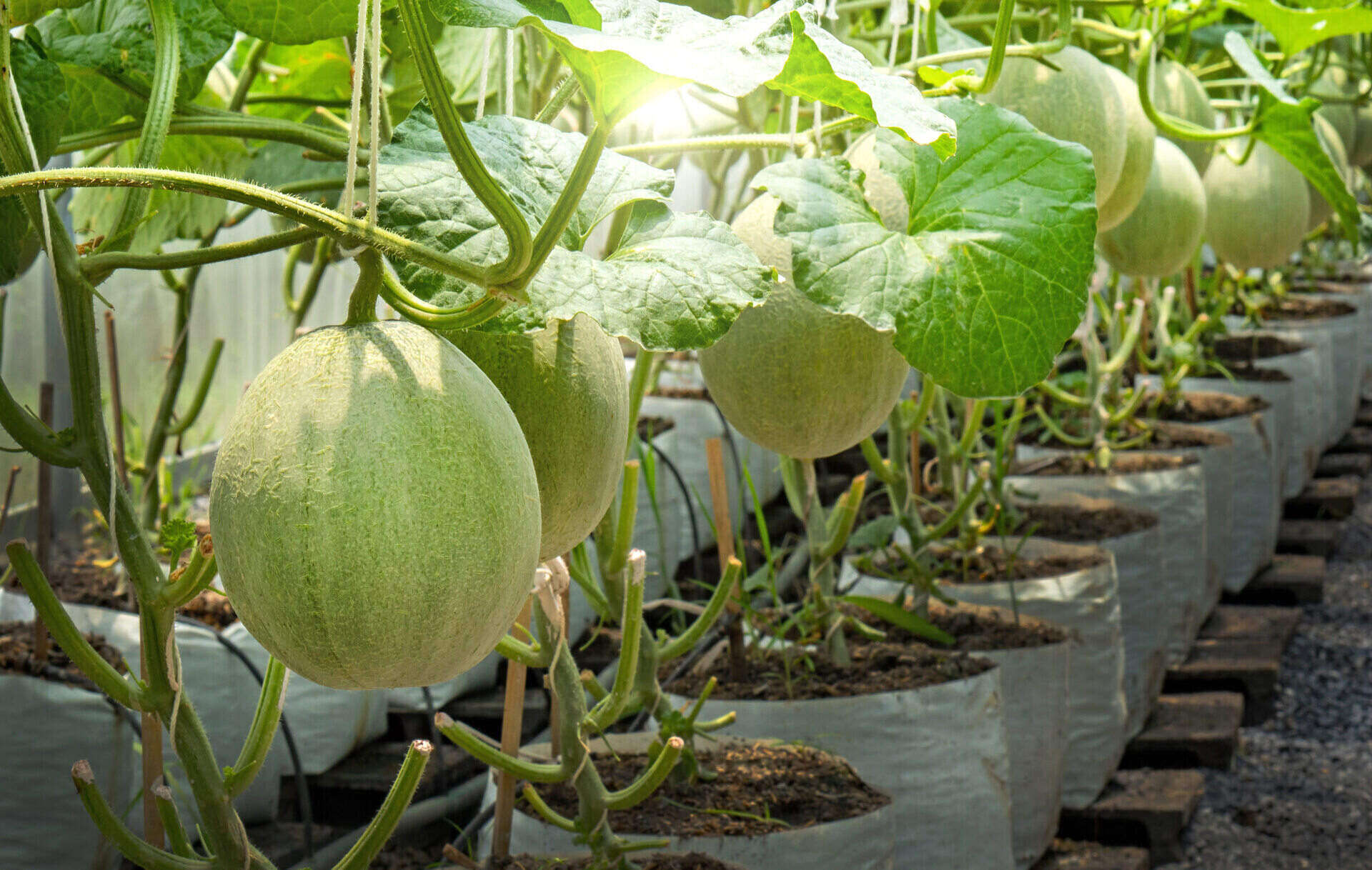
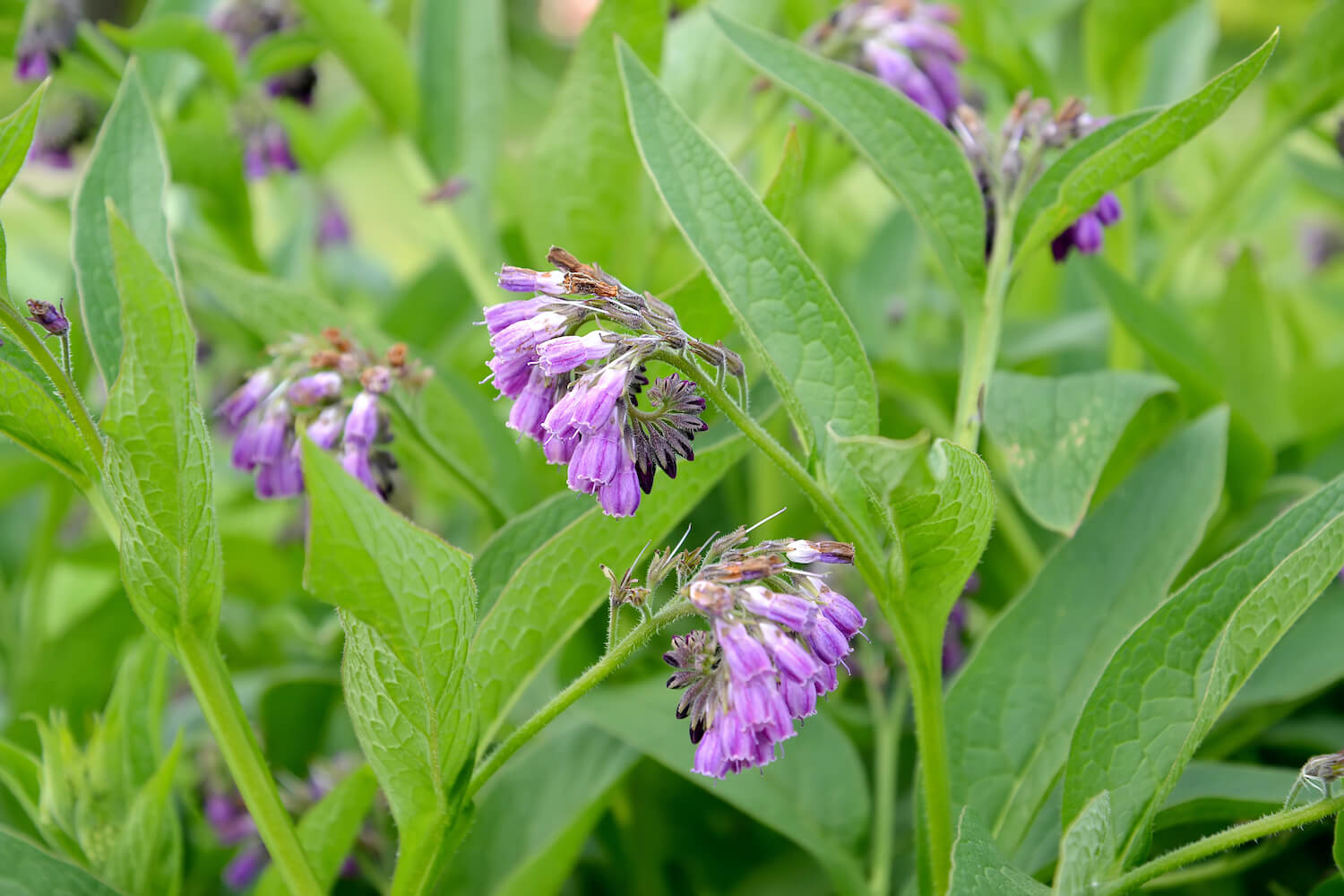
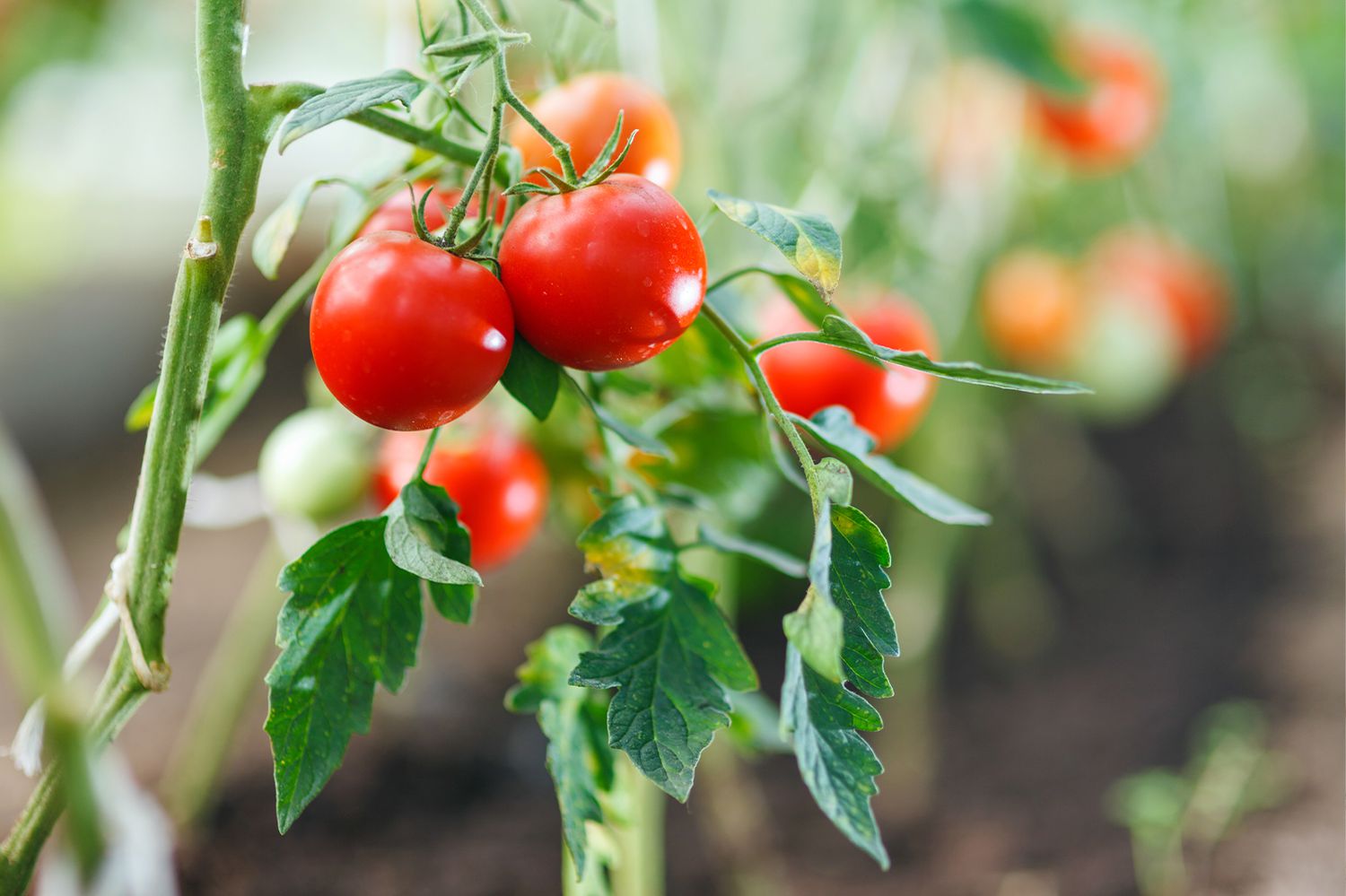
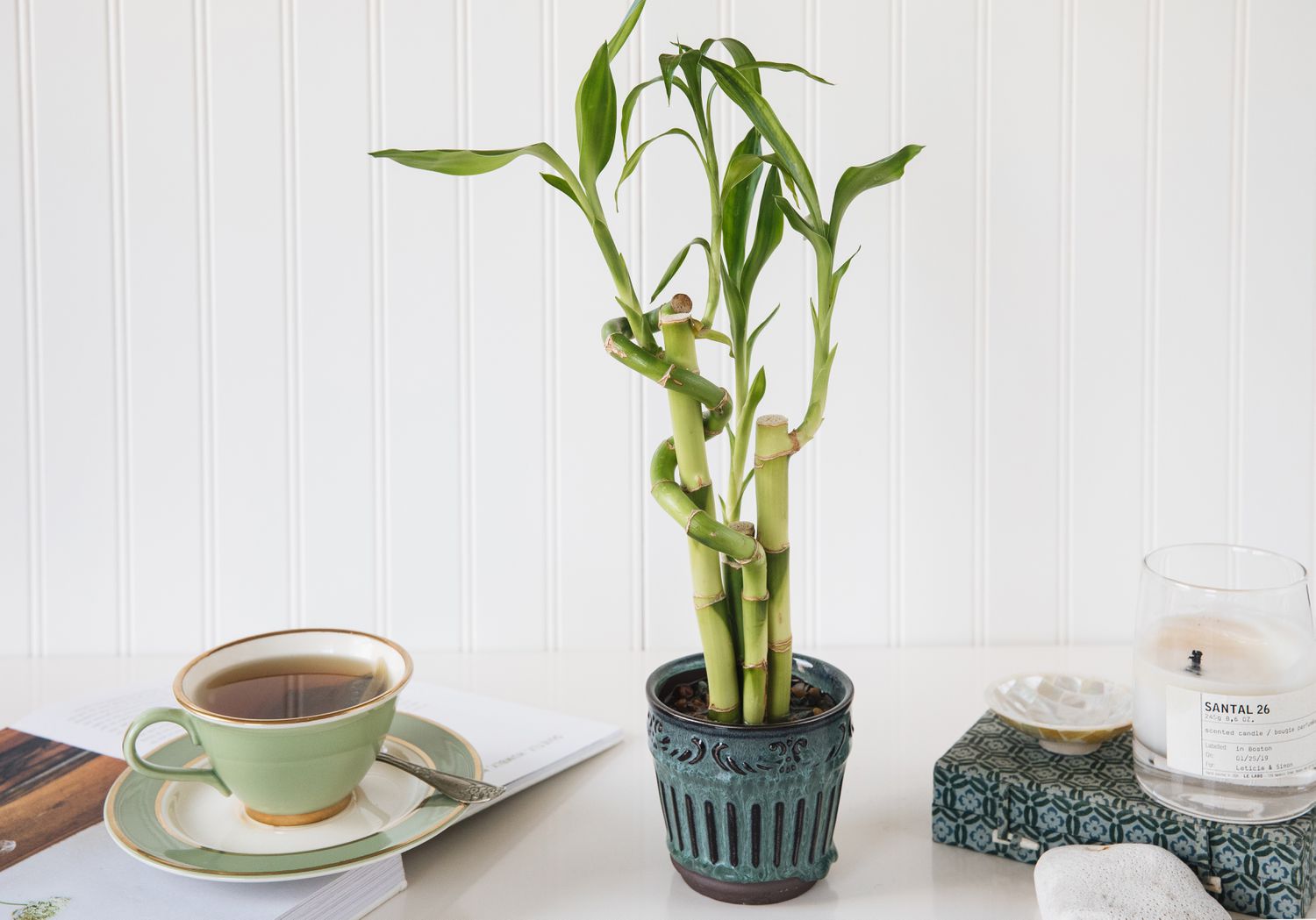
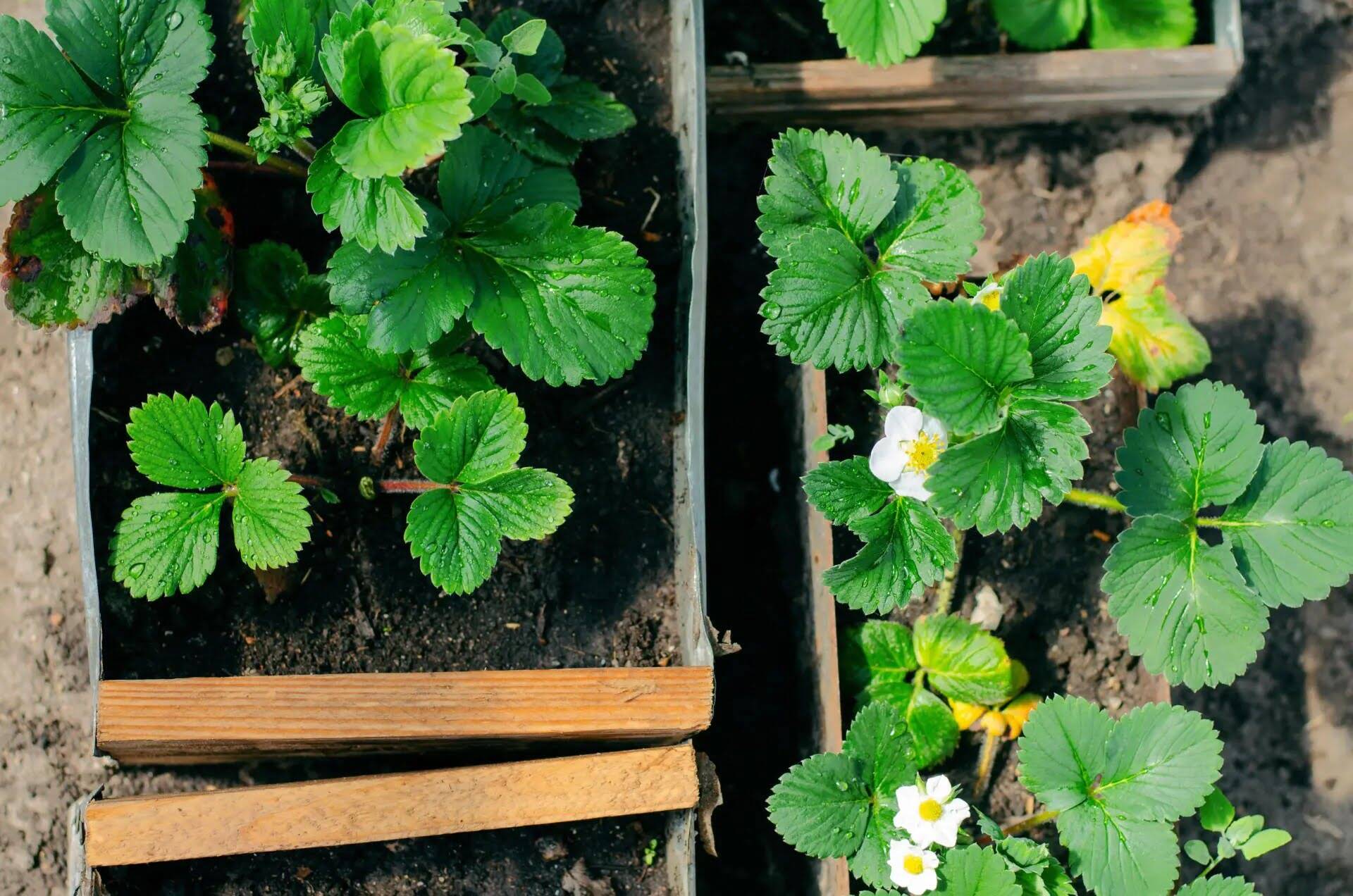
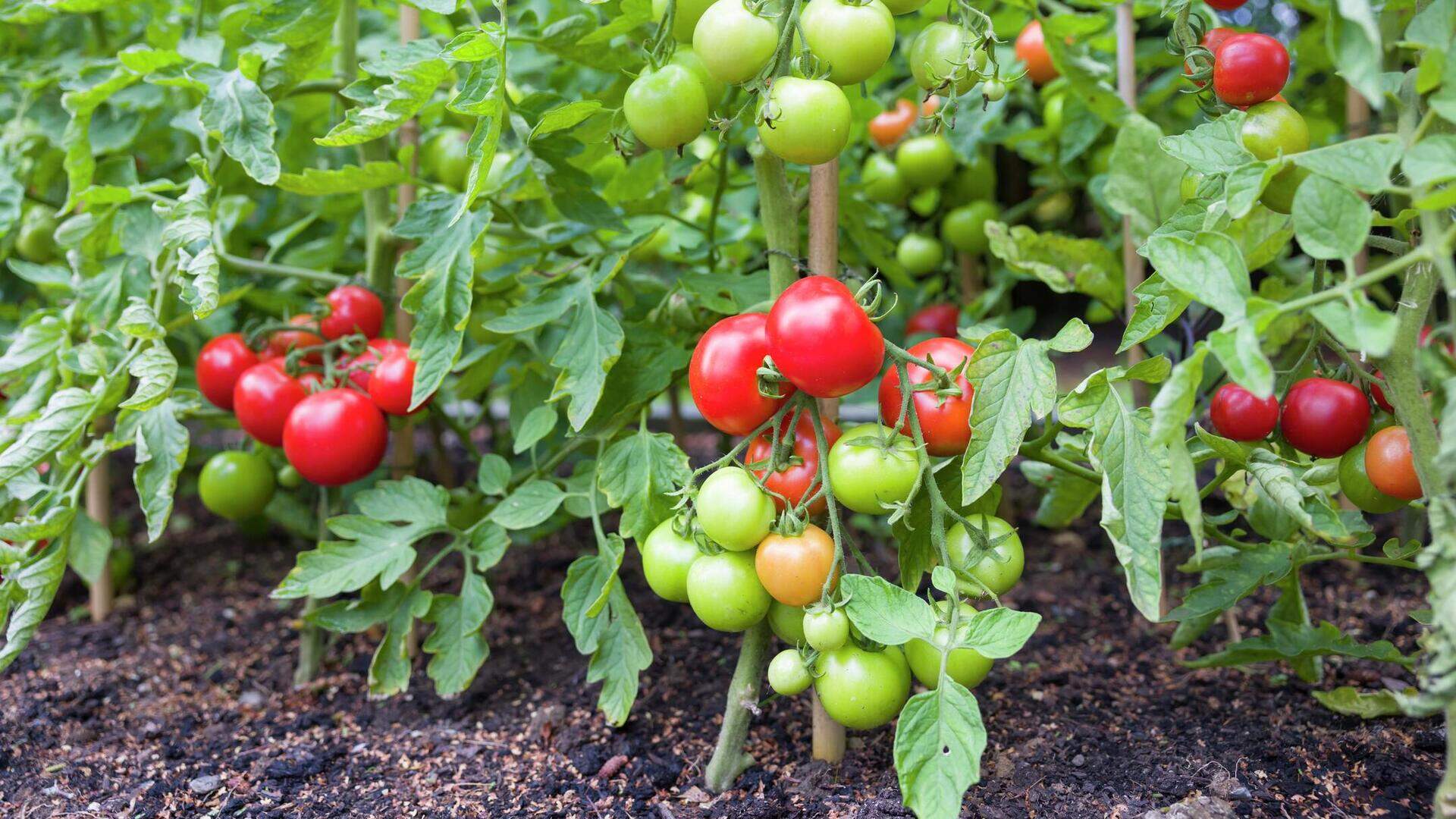
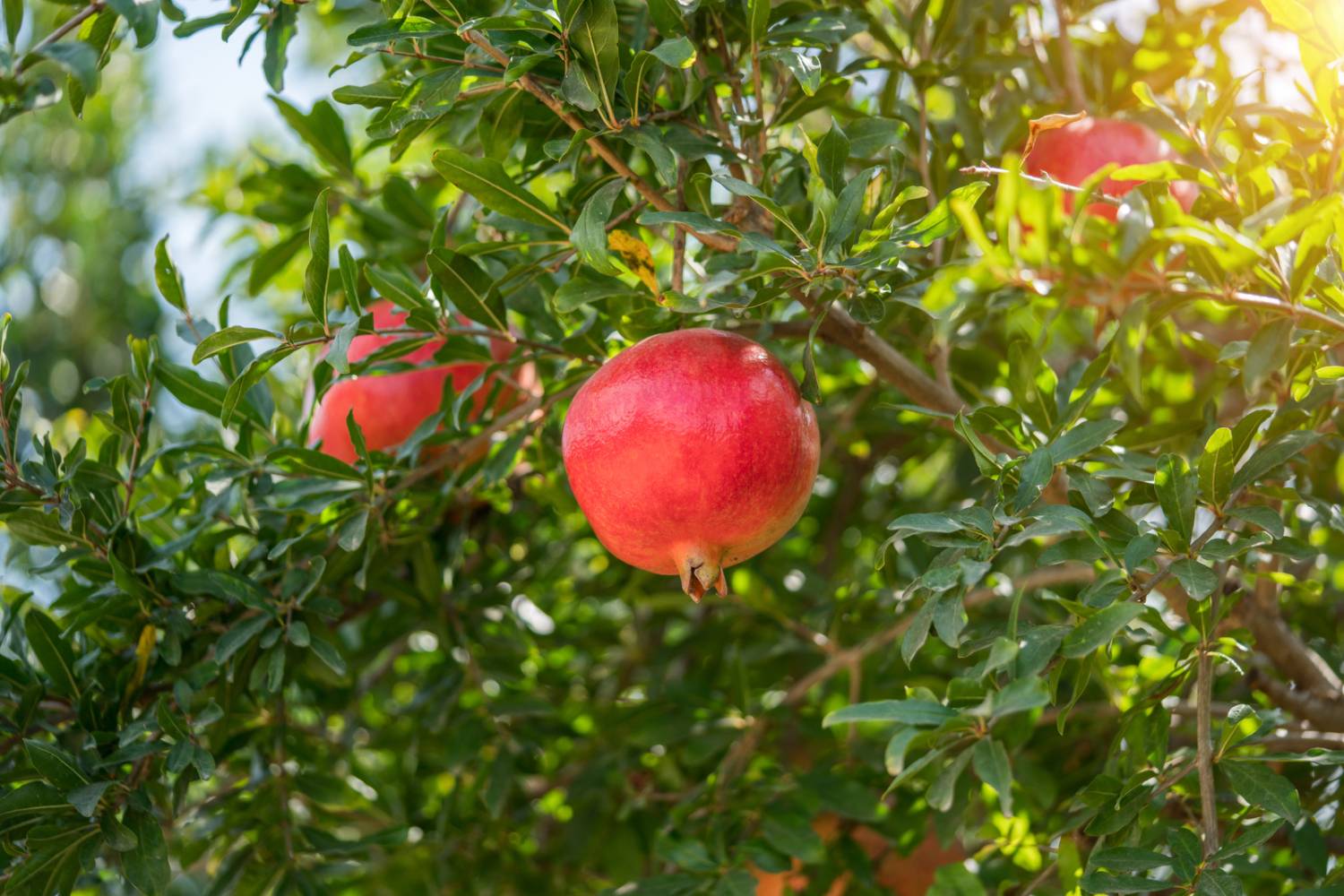
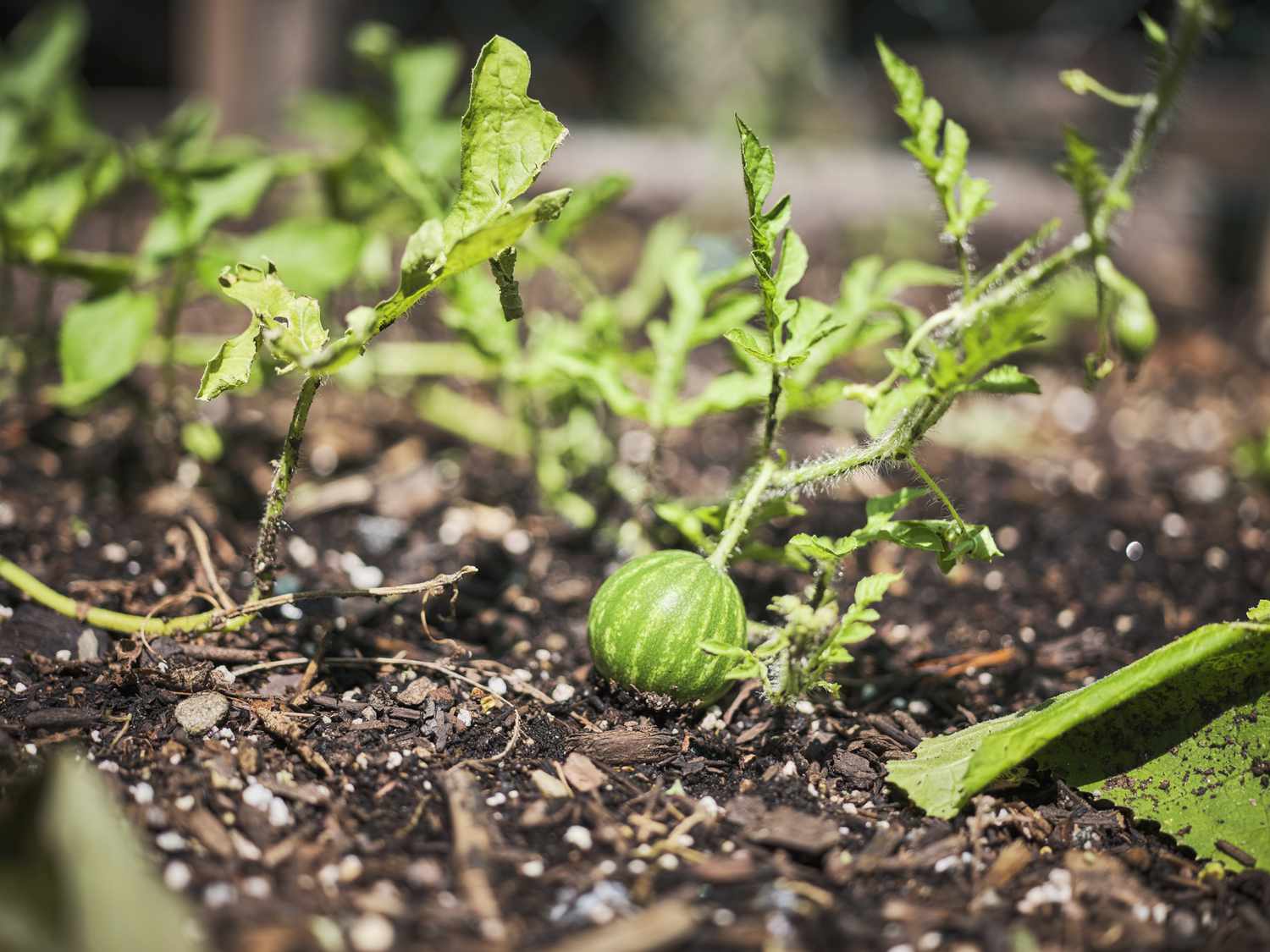

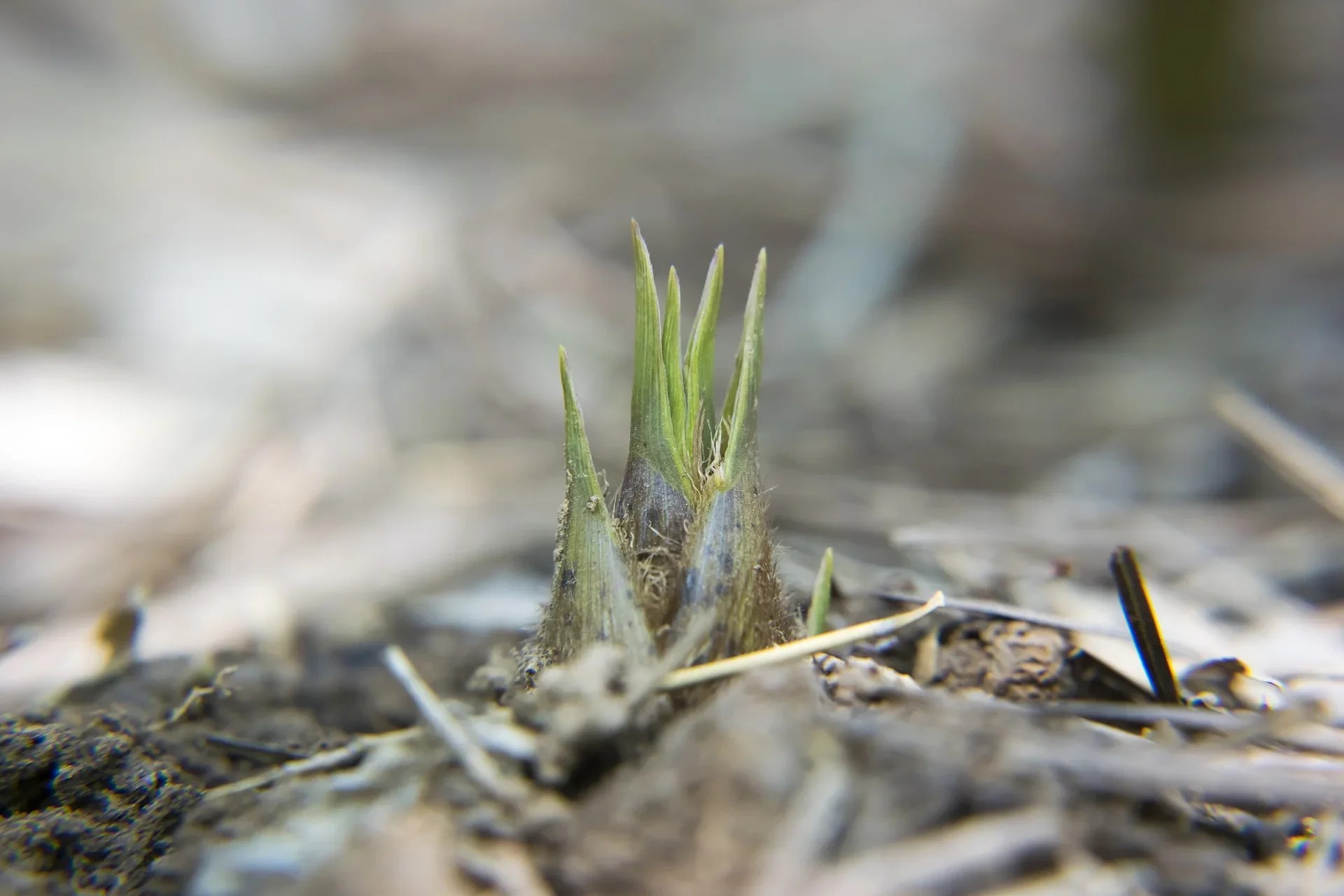
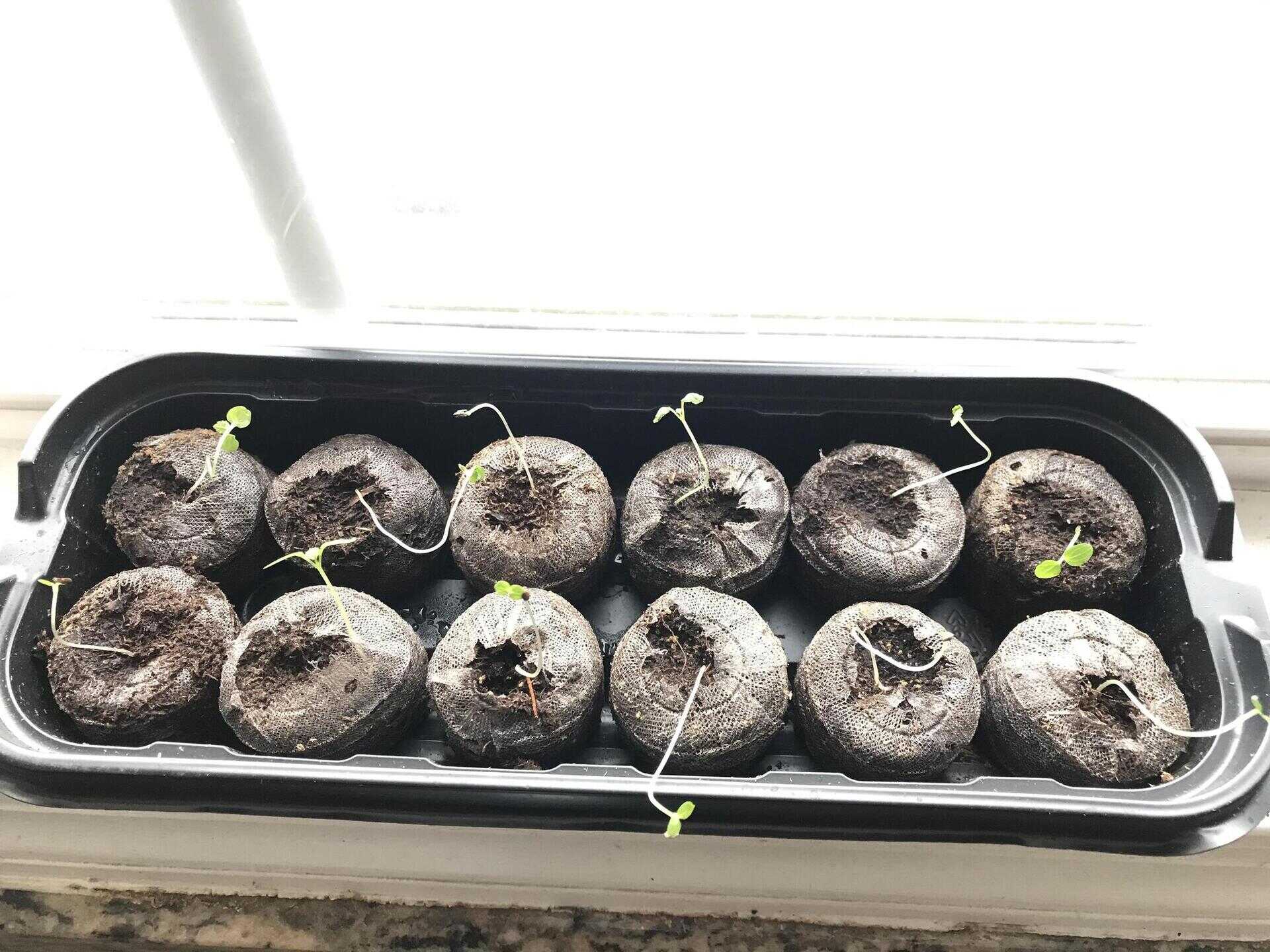
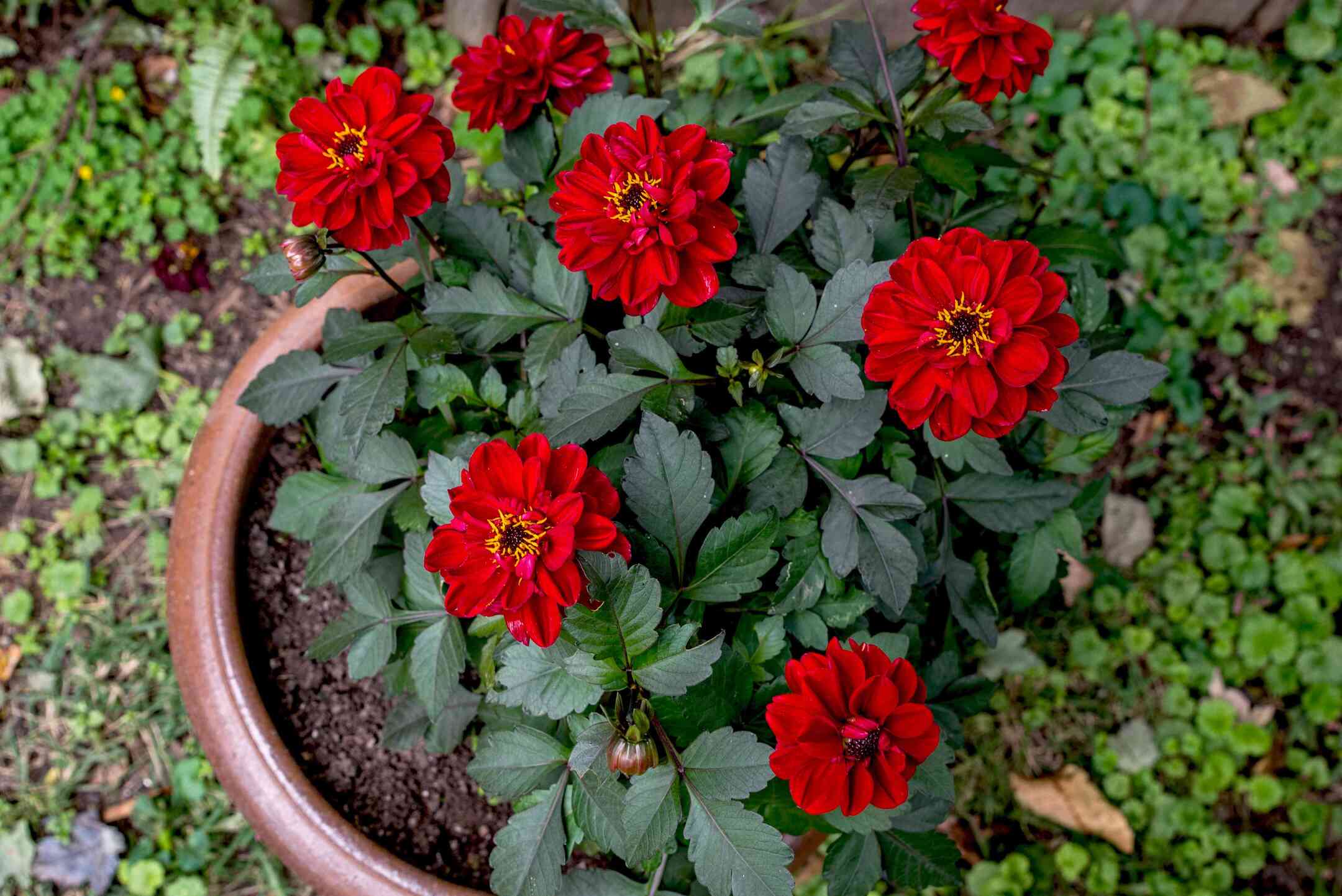

0 thoughts on “How Long Does It Take To Get Avocado From Seed”